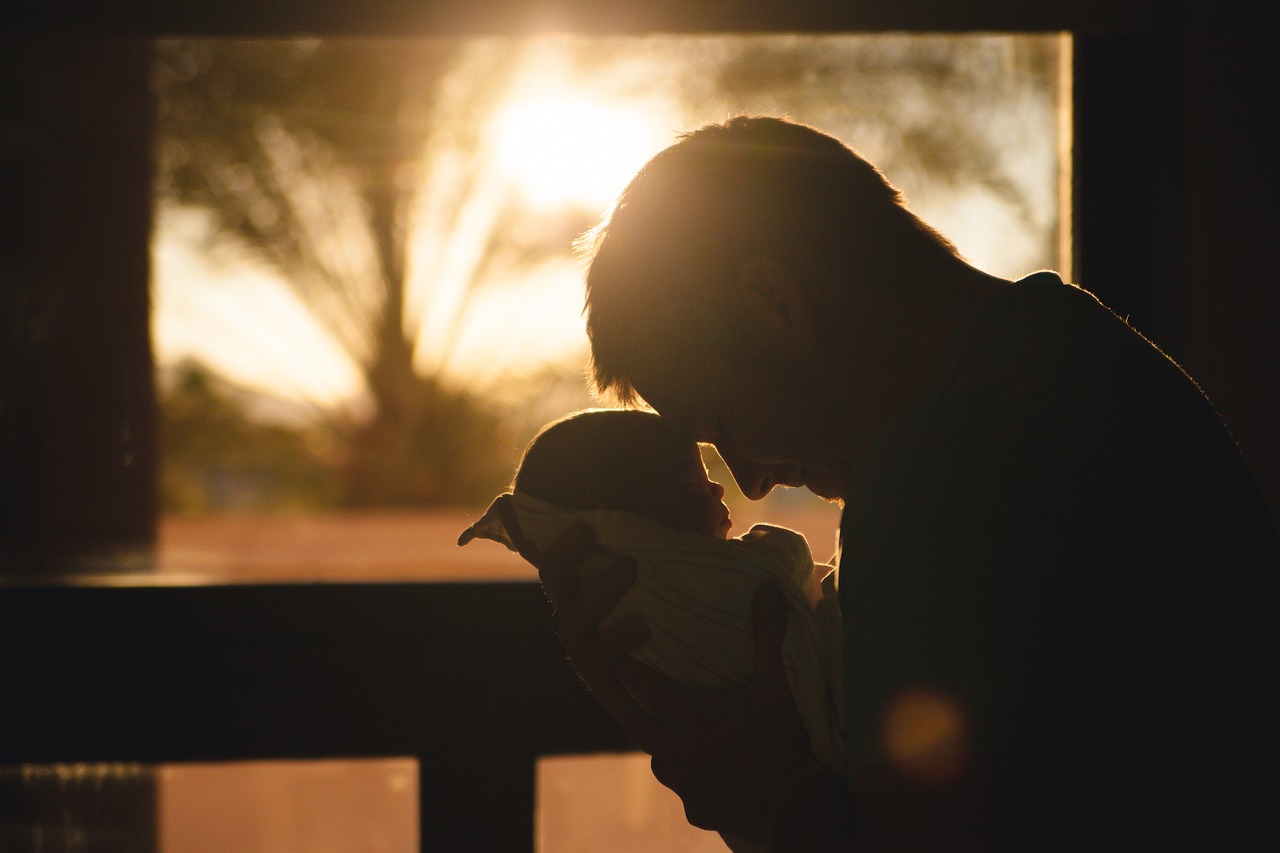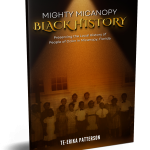Micanopy’s First White Settler Had 10 Children By a Black Woman

Edward Wanton was the first white man allowed to establish a settlement in what would later be known as Micanopy, Florida. His alliance with the Spanish and then with the Seminoles caused him a great deal of pain and suffering as both groups battled against the American Patriots to conquer land in Florida. Wanton sided with the Spanish and the Seminoles against the Patriots because he had a Mulatto partner named Margaret “Peggy” Saunders Gray and together they had ten children. Wanton knew that siding with the Patriots would mean a loss of freedom for his mixed race family.
To protect his family from the racist policies of the Patriots that would doom the future of his mixed race children, he used the Roman Catholic Church’s mechanism of compadrazgo which allows for children to establish kinship with people of higher social status who become their godparents. These godparents became sponsors of the children and assisted them through life. Wanton chose wealthy godparents for all of his children.
As a result of remaining loyal to his adopted Spanish alliance Wanton lost six slaves, 1,025 bushels of corn and rice, 2,000 pounds of cotton, cattle and hogs, and his crops of peas and potatoes. The Patriotic Americans destroyed and plundered his home, a corn house, three canoes, plantation tools, household furniture, books, and important papers. He was even imprisoned for his loyalty to Spain. In 1815, slave raiders kidnapped his oldest son Billy’s wife and took her to Georgia. Luckily, he was able to have her returned.
Because of his trusting relationship with the Seminole Indians, he was asked by Horatio S. Dexter to create a settlement among the tribe without causing disruption. Wanton hired Tony Proctor, the same free Black man who had worked as an interpreter during the Patriot War. The two worked together to organize the settlement in Alachua.
In his will, Edward Wanton claimed ten children by a free Mulatto named Peggy and recognized those children as his sole and universal heirs who would share equally in his patrimony.
 Previous Post
Previous Post Next Post
Next Post

This is just incredible “news.” I can’t express how much your work is appreciated.
You did a great job in presenting information about Edward Wanton. And you should be congratulated on using an article written for the Florida Historical Quarterly as your source, rather than something that appeared in the newspapers. I remember the reaction of local historians when this article first appeared in the mid-90s. A certain lady named Carmen Smyth was shocked, as I recall, given the prominence of blacks during the earliest days here. But then, all this information seemed to be forgotten by the local historical society and museum in telling the story of Micanopy’s beginnings. All that remained, and still may be for all I know, was a solitary display about an Indian Trading Post with no attempt to relay an accurate history. That said, my own research and subsequent publications, take issue with historian Frank Marotti, — the author of the FHQ article. He presents Wanton as being a virtual one-man show in putting everything together for a future town. That simply was not the case. The Florida Association, headquartered in New York City, was a consortium of investors and they paid all the bills and hired Wanton, and many others, including a town doctor, as an employee. This began as a company town and not as Wanton’s sole defining effort. And I was flabbergasted by his portrayal of Moses Levy as merely “a rich Jew.” (Good grief, talk about stereotypes.) This was the author’s first publication, but errors like these should have been caught by the editor. But my critique of Marotti’s piece would be far too detailed to be discussed here and I could write to you later on this subject.
All things considered, your efforts should be applauded. Micanopy’s true beginnings should finally be recognized in this town and you are using the new media to finally bring this about.
I could not find the part of Marotti’s piece where Levy is referred to as merely a “a rich Jew”. Were there later editions of the article? In the one I have, page 470, Levy appears thusly, ” In February 1823 the settlement expanded greatly. One of Arredondo’s associates, Moses Elias Levy, a Jew whose father had been a Moroccan high official and whose son David would later serve in the United States Senate, had met with Frederick S. Warburg- possibly of the famed banking family- in London regarding a Florida settlement.”
I don’t see anyone being presented as a “one man show”.